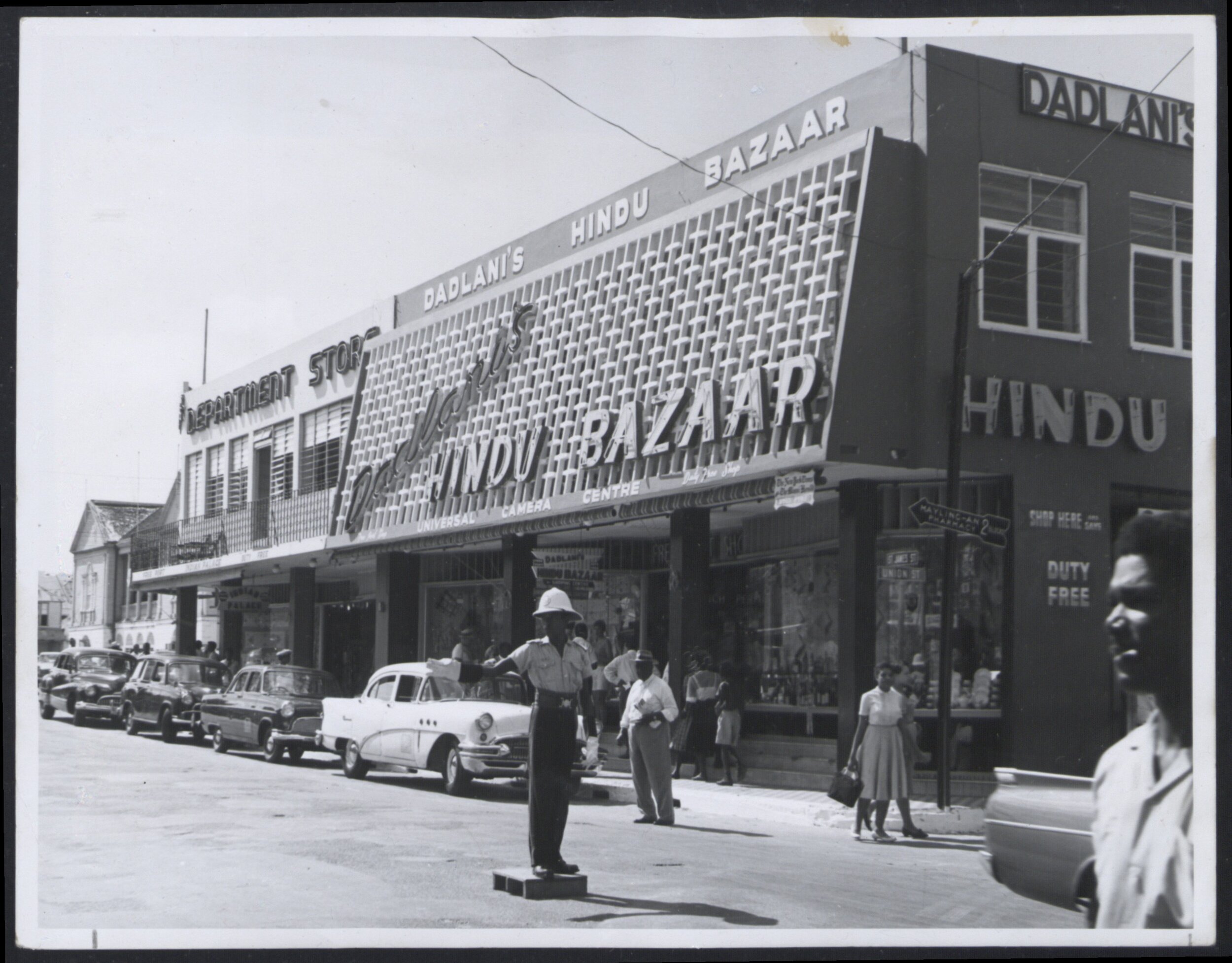
Public Articles
Crescent in the Caribbean
B. Samaroo, 'Orientalizing Caribbean Society', THE ARTS JOURNAL, Vol. 11, 2018.
The Asian Influx
During the period 1838 to 1917, some half a million girmityas (agreement signers) were transported to the British, French, and Dutch Caribbean; about 14% were Muslims. These Muslims brought a rich heritage of Islamic culture which had been developed in Mughal in India from the inception of that regime in 1526 until its end in 1858 when Bahadur Shah was exiled to Burma following the Great Revolt of 1857. Thousands of Muslims came from Islamic centers of learning and courtly life such as Allahabad, Azamgarh, Faizabad, Agra and Shahabad. In these and other locations Islamic culture flavoured by Hindu accretions, had flourished for centuries. Lucknow and Faizabad had become leading trade centers with caravans coming from Persia, Afghanistan and China. Agra for its part was a leading venue for Islamic law and scholastic debate. In Lucknow, a leading recruitment center, the Shia observance of Mohurram had been started in 1763 and had been commemorated every year since then. As the Europeans increased their stronghold on India, the Muslims were sidelined as the defeated groups while thousands had to seek their fortunes elsewhere. That Islamic flight to plantation colonies increased after the Great Revolt of 1857 as those who had joined with the Hindus were hunted down and banished to the Andaman and Nicobar Islands in the bleak Indian Ocean or to the plantation colonies. One group that came to the Caribbean were the julahas (weavers) who brought skills in tailoring, weaving and upholstering to the region. The first ship to bring Indians to Trinidad was the Fath-al Razak (Victory to Allah) owned by the Bombay merchant Ibrahim Bin Yoosuf with Muslim passengers such as Omrudee, Furreed, Faize, Madar, Buxo, Bahadur, and Faizen. Among those who arrived in Guyana in 1838 on the Hesperus and Whitby were Kyut Ali, Ally Buckus, Sheebah, Jeewan Khan (Irwan Khan) and his wife Bharrup. When the Lalla Rookh (Rosey Cheeked) arrived in Suriname in 1837 there were thirty-seven Muslims on board.
A distinguished group which came to the Guianas comprised of hundreds of Pathans from Afghanistan itself or from the Afghan diaspora which had spread itself all over North India. As Raymond Chickrie pointed out, Afghan Pathans were among the leaders of the Revolt of 1857 and hundreds were jailed, executed, shipped to the cold islands or they fled as girmityas to the colonies. The Pathans can be counted as brave warriors whom the British never subdued and they continued to lead resistance in the Caribbean.
Mazar Khan was exiled in 1883 to British Guiana because of his revolutionary activities after 1857. In the Rose Hall sugar workers strike in 1913 some of these Afghani Khans were prominent. Jahaugir, Dildar, Chotey, Amir Baksh and Moula Bux. As Chickrie comments, "Pathans never let tyranny go unpunished. It is part of their code of honour to root out injustice and defend the weak from exploitation.".
The Queenstown masjid in Guyana was built by Afghans and Munshi Rahaman Khan, equally at home in Hindu as in Islamic culture, was a Pathan who came as an indentured labourer in 1898 and died in 1972. Fortunately, he has left posterity with four volumes of his life in Suriname.
